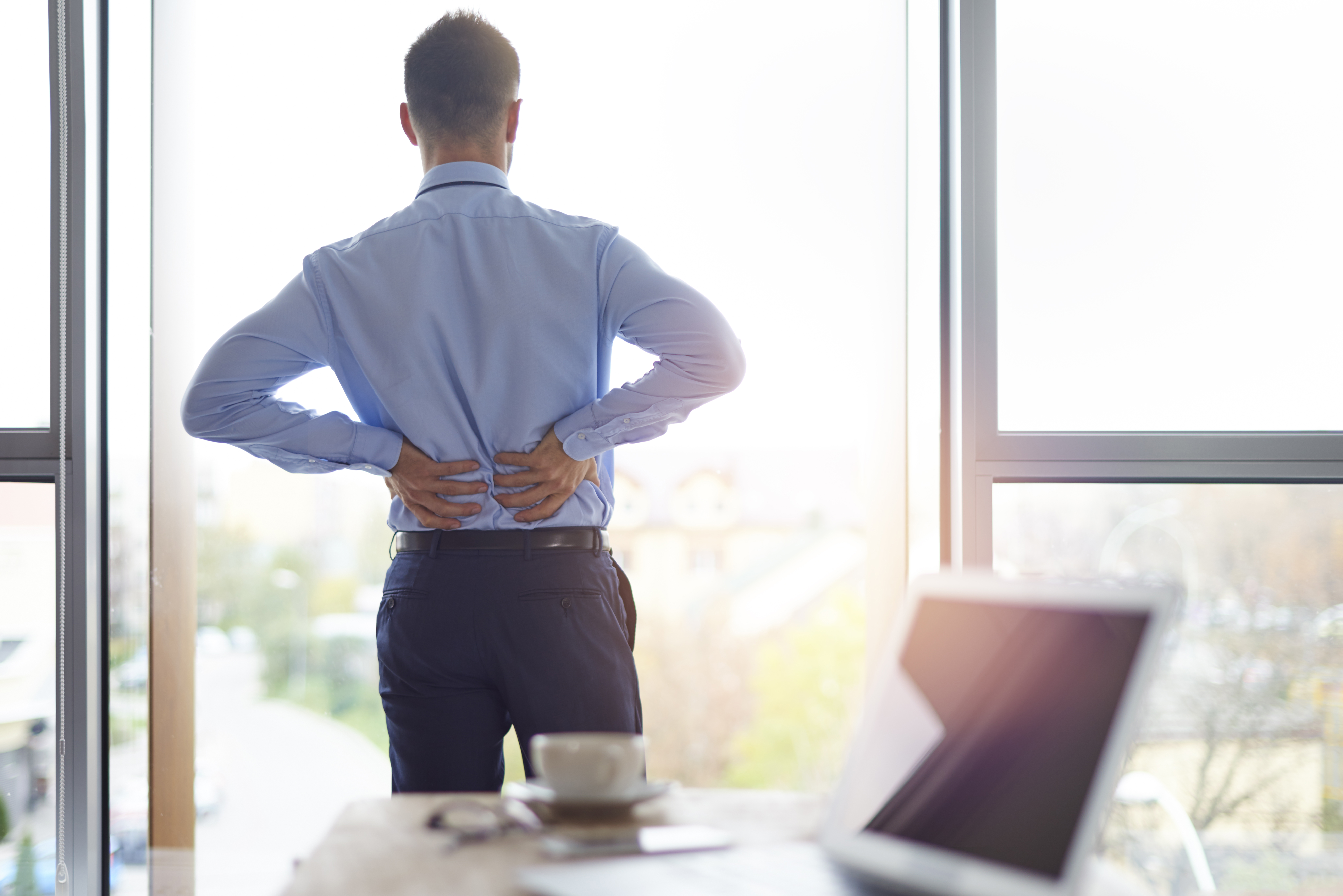STENOSIS
What’s Stenosis?

Spinal stenosis refers to a narrowing of the spinal canal, which is the passageway that houses the spinal cord and nerve roots. This narrowing can lead to compression of the spinal cord or nerves, resulting in various symptoms. Spinal stenosis most commonly occurs in the lumbar (lower back) and cervical (neck) regions of the spine. It can cause pain, weakness, and other neurological symptoms.
Types of Spinal Stenosis:
- Central Stenosis: This occurs when the central canal of the spine narrows, putting pressure on the spinal cord. It most commonly occurs in the lumbar spine.
- Foraminal Stenosis: This type involves narrowing of the neural foramina, which are openings on the sides of the vertebrae through which nerve roots exit the spine. Foraminal stenosis can compress nerve roots and cause pain.
Causes:
The primary cause of spinal stenosis is the natural aging process, which can lead to changes in the spine over time. Contributing factors include:
- Degenerative Changes: Degeneration of spinal discs, facet joints, and ligaments can contribute to narrowing.
- Bone Spurs: The body may form bone spurs (osteophytes) as a response to the degenerative changes, further narrowing the spinal canal.
- Thickened Ligaments: Ligaments that support the spine can become thicker and less flexible with age.
- Disc Herniation: A herniated disc can protrude into the spinal canal, contributing to narrowing.
Symptoms:
The symptoms of spinal stenosis can vary depending on the location and severity of the narrowing. Common symptoms include:
- Pain: Pain in the affected area, which may radiate to the arms or legs, depending on the location of stenosis.
- Numbness and Tingling: Numbness, tingling, or a “pins and needles” sensation in the arms, legs, hands, or feet.
- Weakness: Muscle weakness in the arms or legs, leading to difficulty walking or holding objects.
- Loss of Balance: Some individuals may experience difficulty with balance and coordination.
Diagnosis:
Diagnosing spinal stenosis typically involves:
- Medical History: Information about the patient’s symptoms, medical history, and any previous injuries.
- Physical Examination: Assessing range of motion, pain triggers, and neurological symptoms.
- Imaging: X-rays, MRI, or CT scans can show structural changes in the spine, such as narrowing and bone spurs.
Treatment:
Treatment for spinal stenosis aims to manage symptoms and improve functionality. Options include:
- Pain Management: Over-the-counter pain relievers, prescription medications, and muscle relaxants may be used to alleviate pain.
- Physical Therapy: Exercise programs and stretches can help improve flexibility and strengthen supportive muscles.
- Lifestyle Modifications: Maintaining a healthy weight, engaging in regular exercise, and practicing good posture can help manage symptoms.
- Injections: Corticosteroid injections can be used to reduce inflammation and provide short-term pain relief.
- Surgery: In severe cases where conservative measures are not effective, surgery may be considered to alleviate nerve compression and create more space within the spinal canal.
If you’re experiencing symptoms of spinal stenosis, it’s important to consult with a healthcare provider. They can assess your condition, recommend appropriate treatment options, and help you manage your symptoms effectively.
IF YOU NEED TO SEE A SPECIALIST, CONTACT US TO SCHEDULE YOUR APPOINTMENT TODAY!
Contact Us
Ask a question or book an appointment below.
